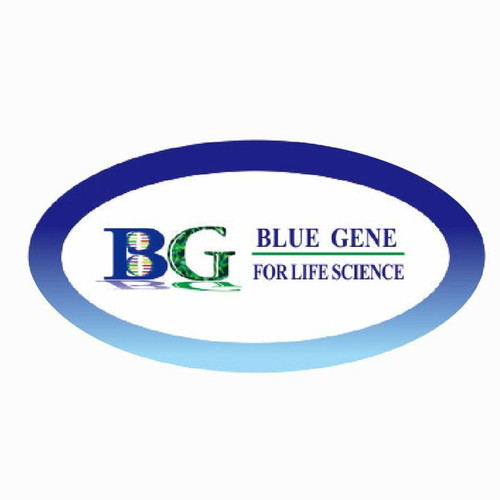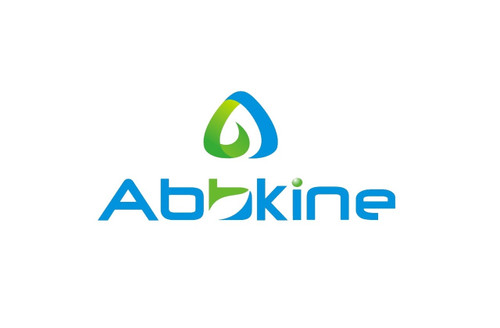Product Description
Mouse Ras-related protein Rab-8A (RAB8A) ELISA Kit | AE59987MO | Abebio
Species Reactivity: Mouse (Mus musculus)
Abbreviation: RAB8A
Alternative Name: MEL; RAB8; mel transforming oncogene|mel transforming oncogene (RAB8 homolog) |mel transforming oncogene (derived from cell line NK14) |mel transforming oncogene (derived from cell line NK14) - RAB8 ho
Application: ELISA
Range: 0.312-20 ng/mL
Sensitivity: 0.113 ng/mL
Intra-Assay: ≤4.5%
Inter-Assay: ≤9.8%
Recovery: 1, 07
Sample Type: Serum, Plasma, Other biological fluids
Detection Method: Sandwich
Analysis Method : Quantitive
Test Principale: This assay employs a two-site sandwich ELISA to quantitate RAB8A in samples. An antibody specific for RAB8A has been pre-coated onto a microplate. Standards and samples are pipetted into the wells and anyRAB8A present is bound by the immobilized antibody. After removing any unbound substances, a biotin-conjugated antibody specific for RAB8A is added to the wells. After washing, Streptavidin conjugated Horseradish Peroxidase (HRP) is added to the wells. Following a wash to remove any unbound avidin-enzyme reagent, a substrate solution is added to the wells and color develops in proportion to the amount of RAB8A bound in the initial step. The color development is stopped and the intensity of the color is measured.
Product Overview: RAB8A is a member of the RAS superfamily which are small GTP/GDP-binding proteins with an average size of 200 amino acids. The RAS-related proteins of the RAB/YPT family may play a role in the transport of proteins from the endoplasmic reticulum to the Golgi and the plasma membrane. This protein shares 97%, 96%, and 51% similarity with the dog RAB8, mouse MEL, and mouse YPT1 proteins, respectively and contains the 4 GTP/GDP-binding sites that are present in all the RAS proteins. The putative effector-binding site of this protein is similar to that of the RAB/YPT proteins. However, this protein contains a C-terminal CAAX motif that is characteristic of many RAS superfamily members but which is not found in YPT1 and the majority of RAB proteins.
Stability: The stability of ELISA kit is determined by the loss rate of activity. The loss rate of this kit is less than 5% within the expiration date under appropriate storage condition. The loss rate was determined by accelerated thermal degradation test. Keep the kit at 37°C for 4 and 7 days, and compare O.D.values of the kit kept at 37°C with that of at recommended temperature. (referring from China Biological Products Standard, which was calculated by the Arrhenius equation. For ELISA kit, 4 days storage at 37°C can be considered as 6 months at 2 - 8°C, which means 7 days at 37°C equaling 12 months at 2 - 8°C) .
 Euro
Euro
 USD
USD
 British Pound
British Pound
 NULL
NULL








